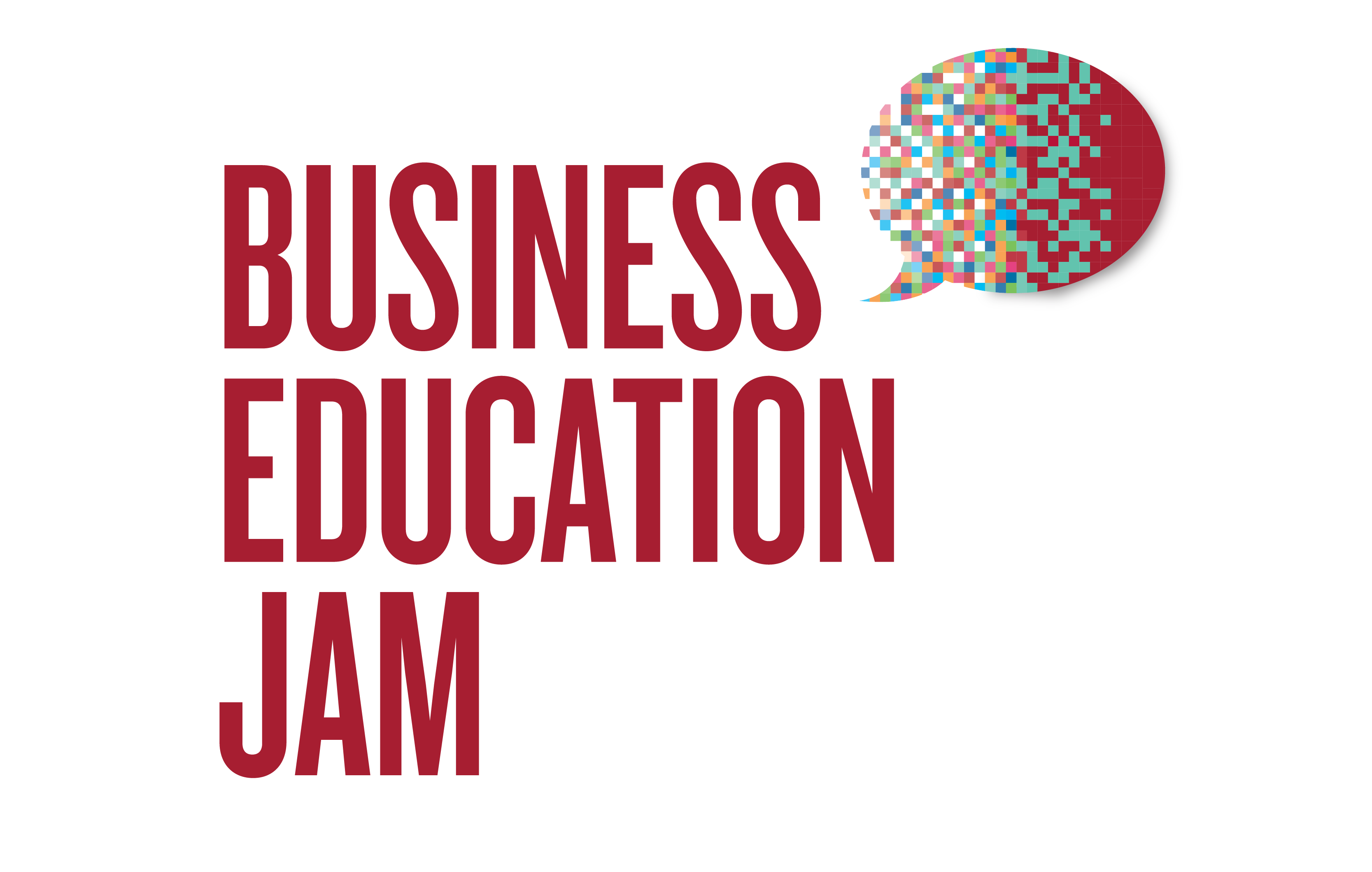Asia-Pacific Jam: May 2019


Asia Pacific Jam: May 2019 was the ninth event in this series of regionally focused dialogues on business education.
A summary of findings of the six themes from the 2019 Japanese mini-jam included:
- Internationalization There was some debate about definitions of internationalization and globalization. Participants sought to dispel views that there is a homogeneous culture in the Asia-Pacific region. At the same time, they supported localisation, with a need to educate students about their local culture and business and management norms and needs. In terms of internationalization processes for business schools in the Asia-Pacific region, they would welcome greater support for exchange agreements. It is important to appreciate students’ perspectives, specifically how students access information to study abroad. For instance, students from China experience difficulties accessing business school information on Facebook. There was some debate about Asia-Pacific business schools developing international collaborations beyond Europe and North America, e.g. benefiting from opportunities in Russia and Africa. Within the Asia-Pacific region, examples of business school-to-business school collaborations included the AABPS KIT programme in South Korea, Indonesia and Taiwan where six students per country work in overseas organisations. There were also discussions about Tokyo positioning itself as a global education hub. PhD and DBA programs were additionally seen as potential solutions to facilitating international collaborations.
- Technology A key question asked was whether technology will kill the business school or whether business schools in the region can create useful apps and on-line learning to support life-long learning. Successful use of technology included a business school in Taiwan that uses virtual reality for site visits to reduce costs. In Australia online learning is used for large undergraduate classes. Caveats include the challenges of costs and regulations about online learning from ministries of education.
- Business models In terms of different business models in the region, as 95% of businesses in Japan are family owned, it is key that the curriculum accounts for this. It was felt that there is a crisis in business education which needs to demonstrate it is in touch with different forms of organizing. Participants asked: How do we develop business ready graduates? How do we develop hard and soft skills? How do we prepare students to work in family businesses? There was concern about the importance of including voices from industry as part of education models and addressing tensions for faculty in meeting academic publishing expectations and industry needs. There was a view that Asian-Pacific business schools should support students to give back to society and to respond to China’s expansion, e.g. establishing schools from Hong Kong in southern China. Clearly, it is important to case studies from the Asia-Pacific region and it was recommended that these are included in an AAPBS repository.
- Students There were wide-ranging discussions about students’ needs and the curriculum. One view was that Asia-Pacific business need to teach students computing skills. There was also a focus on lifelong learning. Participants noted that baby boomers are returning to school and so business schools need to provide workshops on how to deal with ageing, issues such as dementia and older workers. Returners and alumni also want business schools to help them to network with each other. Discussions also included the importance of developing students’ soft skills, social skills, and ethics. There are issues about how we measure these competences and mind sets. Mini-jam participants were concerned about the disconnect between business schools and industry as business school performance management systems reward engagement with academic journals over corporate engagement. Potential students included providing learning opportunities for professors to spend time in organisations. Other recommendations include helping students to connect with the latest research and business schools creating apps for students to find jobs.
- Research As in other parts of the world, participants from business schools in the Asia-Pacific region commented on internal pressures to focus on top academic journals and rankings that limit contacts with industry. Funding models were discussed that enable academics to work with industry to generate income which can be used for basic research. There was a view that books can provide greater reach into industry and a broader audience than rarefied academic journal articles. Suggestions were made about opportunities for academics to take sabbaticals in industry and to gain experience as members of boards for research data collection. The spillover effects into research from internships were also noted as well as engagement with social entrepreneurship which can support industry connections and society more broadly. It was observed that business schools need to differentiate themselves from consulting houses in creating more significant impact and being less expensive. Participants reflected on research assessment exercises and government funding that supports research impact.
- Integrating the UN’s sustainable development goals Participants talked about how business schools assess faculty members’ ability to embed the UN’s sustainable development goals (SDGs) in the curriculum https://www.un.org/sustainabledevelopment/sustainable-development-goals/ It was suggested that students working in remote areas are able to understand the goals better. Proposals included training faculty about SDGs, lobbying accreditation bodies about making the SDGs a requirement in the curriculum and AAPBS supporting the goals by showcasing examples. Finally, doubts were expressed that there was more lip service than action in the business school sector with respect to integrating SDGs in business and management education.


